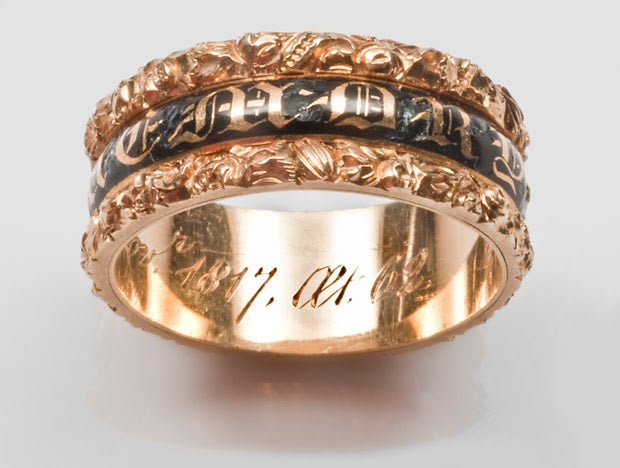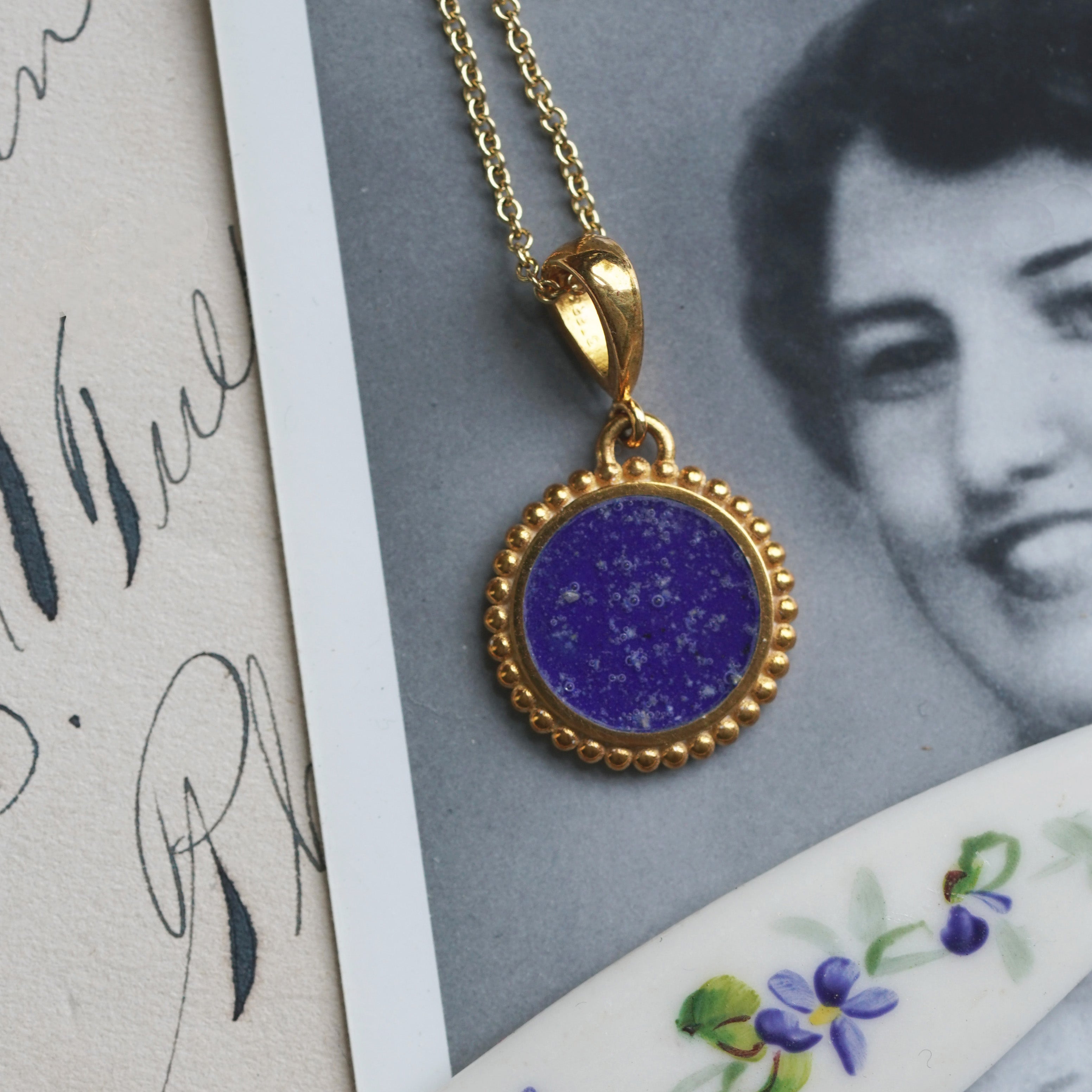
Beginning of the Gothic Revival
The Gothic Revival was a move away from the excesses that the late 18th century lifestyle had produced, leaning towards a value system of Medieval piety that was missing from an increasingly urbanized England. Architects, such as Augustus Welby Northmore Pugin (1812-1852), were inspired to design against the styles that had created large, brick, urbanized housing and this began with an edict upon building churches in England. The ‘Million Pound Act’ or Church Building Act, was a series of Acts between 1818 and 1824, granting money for the Church Building Commission to reinvigorate the Church of England, bringing ceremony back to the church.
Catholic ecclesiastical jewelry had been banned in England since the middle of the 16th century by Henry VIII, making mourning jewelry a style that comes close to the values and ethics of religious jewelry. A society that had been raised viewing the effects of what Libertarian idealism could create, which was essentially the fallout from the French Revolution, required society to use designs that had more values of respect and conservatism. The Gothic Revival style was a perfect conduit for jewelry to show the values of respect in society, especially when used as a way to denote the passing of the most important figure within society.
Romanticism brings back Medieval chivalry and sets the foundation of how behavior should be in a pious marriage. The Gothic Revival style plays upon this, much in the same way as an illuminated text, to present a jewel showing the written word of mourning (often ‘IN MEMORY OF’), with a Germanic, Gothic font.
Design embellishments in these Gothic Revival jewels of the early 19th century feature the gold designs of roses and acanthus, which are interpreted from classical designs (notably seen in Corinthian columns), then appropriated again for Baroque design in the 17th century. These designs were made popular once more, as their ties back to the classical movement offered the majesty and piety that the Church of England was looking to bring back into its services. As a system of control, mourning rings were a prime example of fashion for popular culture to adhere to, for their necessity in gifting and wearing were a message to the greater populace about what were important in social values.
*Art of Mourning is an historical dissertation series based on memorial, mourning, sentimental jewels, and art in history. Created and written by Hayden Peters for over 17 years, Art of Mourning has been featured in museum installations, published journals, articles, and books, as well as television.
Learn more about Georgian mourning jewels at www.artofmourning.com
https://www.instagram.com/artofmourning/
https://www.patreon.com/artofmourning/posts




